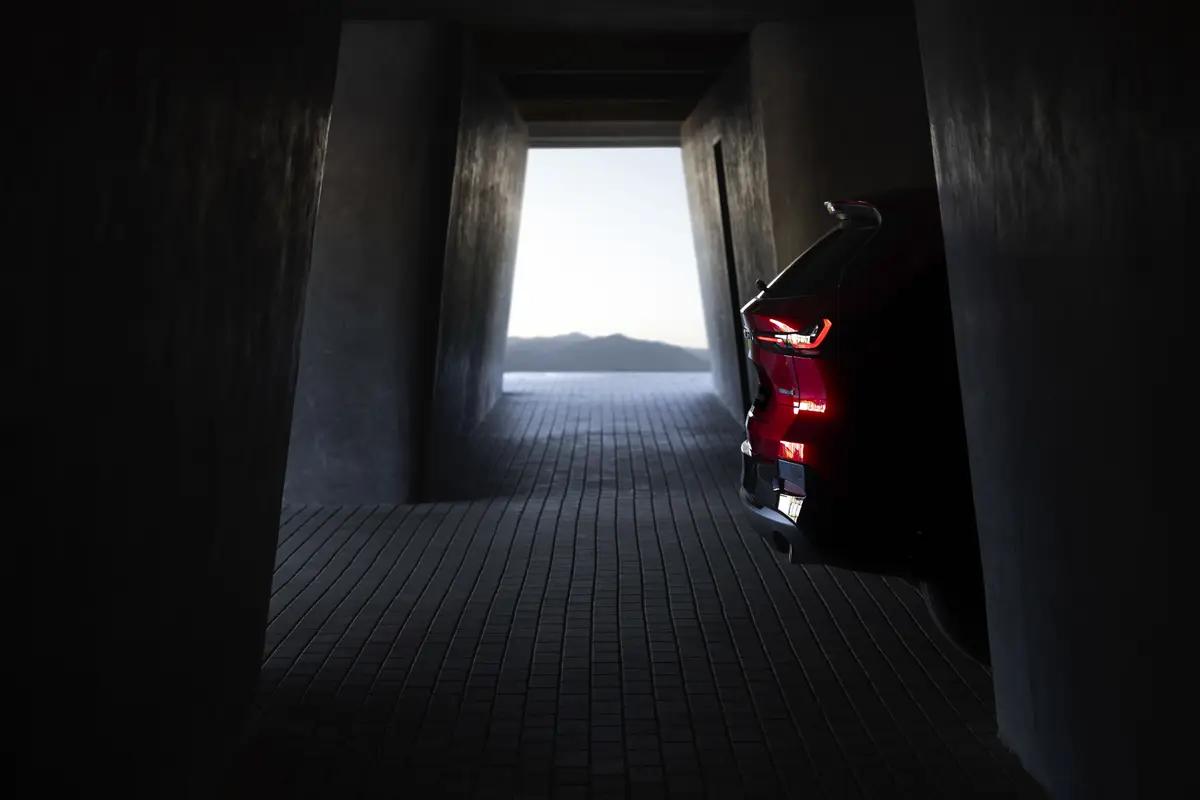chicagotribune.com's view
It may be the nation’s No. 1 sport-utility vehicle, but the Explorer servesto dramatize one shortcoming the automaker, and its buyers, have had to live with for some time–engine choices.
Explorer bowed in the 1991 model year with a 4-liter, 160-h.p. V-6 that lacked the oomph of chief rival Chevy Blazer with its 4.3-liter V-6.
Ford fans started complaining, mainly about the lack of a V-8. So Ford came up with one in 1996, a 5-liter, 210-h.p. unit that could tow and still gobut delivered 14 m.p.g. city/18 m.p.g. highway–going downhill with a stiff tailwind.
For 1997 Ford has come up with a 4-liter, single overhead cam V-6 that delivers 205-h.p. versus 160-h.p. for the 4-liter, overhead valve, and 245 foot pounds of torque at 3000 r.p.m. versus 225 foot pounds at 2800 in the overhead valve version. And unlike the 5-liter, it delivers 1 m.p.g. more in city and highway at 15/19, a rating far more in sync with reality than that ofthe 5-liter.
Want power? The 4-liter SOHC delivers. Want better mileage? Ditto for the SOHC, which boasts 1 m.p.g. better city mileage than the 4-liter OHV. Want to tow? The SOHC handles 5,800 pounds versus 5,300 pounds for the overhead valve V-6, though 900 pounds less than the V-8.
Basically, the SOHC engine begs the question, why offer the overhead valve V-6? One answer is that Ford says the 4-liter overhead valve version is still in demand in 2WD Explorers, whose buyers don’t want the added expense of an engine upgrade. The more likely answer is that Explorer is selling so well Ford needs both V-6s to meet demand. Once it has reached enough output with the SOHC version, the overhead valve will disappear.
We tested the 1997 Explorer 4×4 in Eddie Bauer luxury decor, which stuffs everything the mind can imagine in or on the vehicle.
In 4×4 trim with the V-6 control trac is standard. That’s the 4WD system that requires you only to turn a dash dial to “4WD auto” and sit back and relax. When the system detects wheel slippage, it engages all four wheels and directs torque to the one that’s slipping to regain traction.
If you don’t travel through snow, up mountains or across sand dunes, the system operates in normal two-wheel rear drive. It switches to 4WD on its own only when needed, saving you any crisis management.
The ’97 Eddie Bauer 4×4 Explorer starts at $31,070 and comes with dual bagsand ABS as standard. With a host of goodies added–a power moonroof at $800, running boards at $395, a compact disc changer at $370 to name just a few–thesticker topped $36,000.
If you have kids or grandkids, you may want to consider one or two optionalintegrated rear child safety seats that fold out when needed, fold back out ofsight when not. They run $125 for one, $225 for two.
By the way, that 4-liter, overhead valve V-6 is also offered in the rear-wheel-drive Ford Aerostar mini-van and compact Ford Ranger pickup truck. Since Aerostar is expected to be dropped after the 1997 model year, that’s oneless need for the overhead valve engine.
Ford will rely on the FWD Ford Windstar and FWD Mercury Villager in the mini-van market. Another Ford rumored to have its days numbered is the Probe sport coupe, which may take its leave after the ’97 model run.
Latest news



